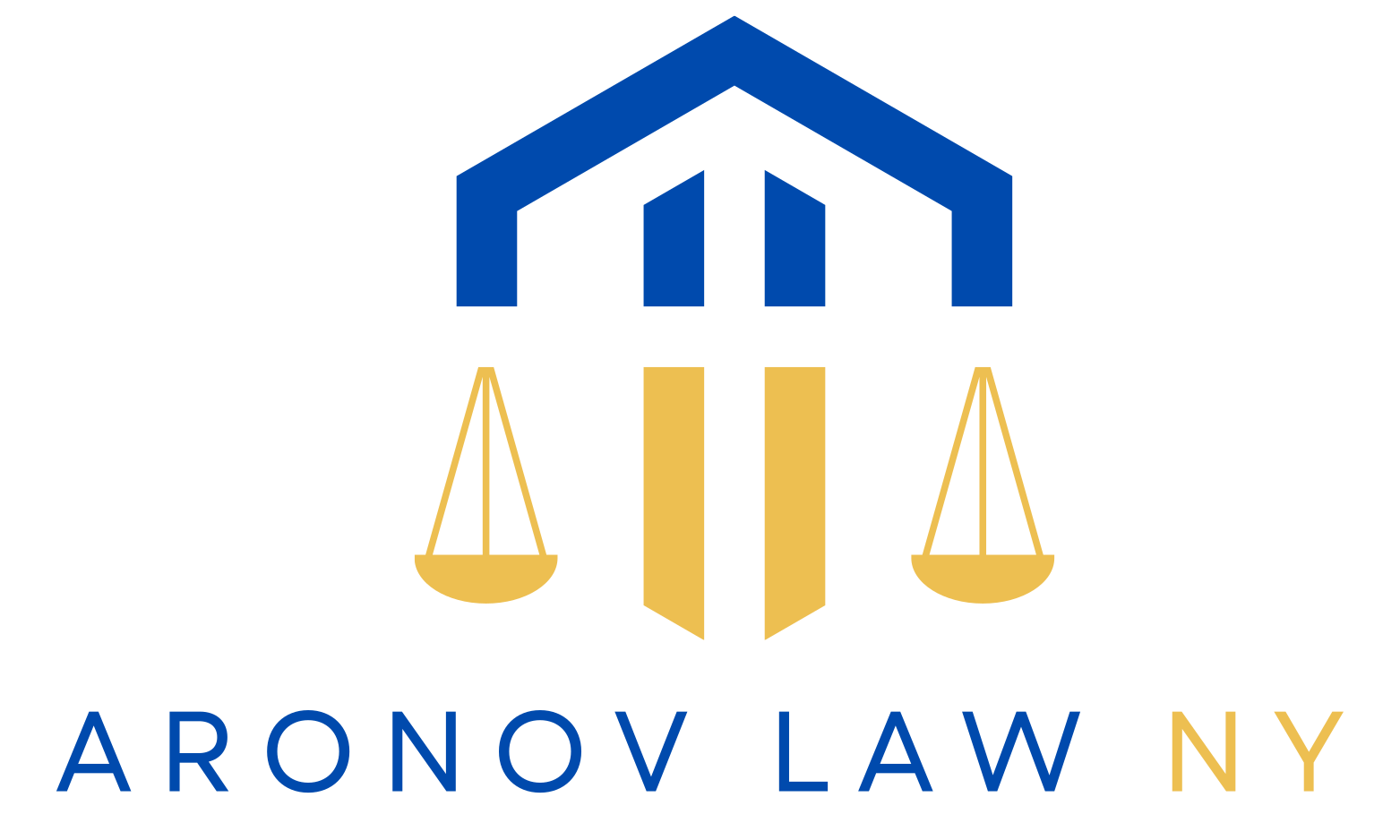Real Estate Law Rent Control & Stabilization
Are you worried about your rent going up suddenly or feeling unsure about how rent control works? Many people feel this way, and it is normal to have questions. New York has strong laws that help protect tenants from big rent hikes.
In this blog, I will walk you through what rent control and stabilization mean, how they work, and why they matter for people like us. Stick around to learn simple facts that could save you trouble down the road!
What Are Rent Control and Rent Stabilization?
Rent control and rent stabilization are laws that help keep housing costs down. They limit how much landlords can raise the rent, making it easier for tenants to afford their homes.
What is rent control?
Rent control is a law that puts a cap on how much landlords can raise rent each year. In some places, like New York City and San Francisco, this can even mean full “rent freezes” or strict limits to keep apartments affordable for tenants like me.
I have seen friends benefit when their rent barely climbed while everything else got expensive out there in the rental market.
Laws about rent control change from city to city and state to state. Some states do not allow any local rules at all; others let cities decide what works best. A key part of rent control is tenant protection—landlords cannot just bump up your rent by hundreds of dollars or evict you without a strong reason written in the lease agreements or rental agreements.
This system keeps housing stability and helps prevent families from being priced out overnight, making sure basic rights are protected along with housing affordability.
What is rent stabilization?
I see rent stabilization as a lifeline for renters in high-cost areas. Government rules limit how much landlords can raise the rent each year. These increases usually follow set percentages or track inflation, like with the Consumer Price Index (CPI).
In New York City, this means I know what to expect every year when my lease renews. It helps keep housing stable and affordable for families who might otherwise face steep hikes.
This system does not just cap rent increases; it also gives us some protection against unfair evictions. Landlords must provide basic services, such as heat and hot water, no exceptions allowed.
Some states block cities from having these laws at all though; their local policies are very different. With these rules in place where I live, it feels like I have real housing security and peace of mind—even if prices go up everywhere else around me.
How Rent Control and Stabilization Work
Rent control and stabilization set limits on how much rent can go up. They also offer protections for tenants, like preventing sudden evictions and ensuring safe living conditions.
How do restrictions on rent increases function?
Restrictions on rent increases work by setting a ceiling on how much landlords can raise rents each year. For example, under rent stabilization rules, a landlord may only increase the rent by a certain percentage, often tied to the Consumer Price Index (CPI) or decided by local boards.
This means tenants know what to expect—and they don’t face sudden, massive hikes that force them out.
Policies like “rent freeze” keep prices stable for current residents, while “vacancy control” limits rent jumps even when someone new moves in. These rules aim to boost housing affordability and tenant protection in cities with high living costs.
Some states let cities set these limits; others block any type of price control. It all depends on where you live and which urban policy is at play—like New York City’s famous rent regulation system!
What tenant protections are included?
Rent control laws help keep housing affordable. They protect tenants from significant rent increases each year. I find that regulations limit how much landlords can raise the rent.
These ceilings allow for predictability in expenses.
Tenant protections also include safeguards against unjust evictions. This means a landlord can’t just kick someone out without cause. Basic services must be maintained, too; landlords have to ensure things like heat and hot water are working well.
These laws aim to prevent tenant displacement and ensure safe living conditions.
Key Considerations in Rent Control Laws
Rent control laws can differ a lot based on where you live. Some states allow them, while others do not. It’s worth checking your local rules to know your rights and options as a tenant or landlord.
How do rent control laws vary by jurisdiction?
Rent control laws are different in each place. Some states have strict rules, while others allow more freedom. For example, Illinois bans local rent control policies completely. This means no city can make its own rules about rent increases.
In many areas, I notice some places choose to freeze rents at a certain level. Others use vacancy control; this keeps rent prices steady even if tenants change. Rent stabilization tends to offer more predictable increases tied to the Consumer Price Index (CPI).
These laws aim to keep housing affordable and secure, especially in places where living costs are high.
Which states have legal restrictions on rent control?
Illinois does not allow local governments to set rent control policies. Many states have their own rules about rent control. Some areas can create laws about it, while others cannot.
These rules differ widely across the United States.
Certain states may also offer special options like “rent freezes” or “vacancy control.” This means they keep rents from rising too high or limit how much a landlord can charge after a tenant moves out.
The main goal of these laws is to stop tenants from losing their homes and help keep housing affordable for everyone.
Understanding Rent Stabilization and Control Laws in NYC
Rent stabilization and rent control laws in NYC are there to help tenants. They limit how much landlords can raise rents each year. Rent control has strict rules, often keeping prices very low for long-term tenants.
On the other hand, rent stabilization allows for more flexible increases based on a percentage or the Consumer Price Index (CPI).
These laws protect people from sudden big jumps in rent. Both systems cap annual rent hikes to prevent extreme price changes. I find these regulations quite important for ensuring housing stability in the city.
Now, let’s talk about the benefits and challenges of these laws….
Benefits and Challenges of Rent Control and Stabilization
Rent control and stabilization can help keep homes affordable for many. But they also bring challenges for landlords, like not being able to raise rents as much as the market allows…
This can lead to less motivation to maintain properties.
How do rent control laws affect housing affordability and stability?
Rent control laws help keep housing affordable. They limit how much rent can go up each year. This is crucial in cities where prices soar and many people struggle to pay their bills.
With these laws, I find stability in my living situation, knowing that my rent won’t suddenly spike.
These rules also protect tenants from unfair evictions. Landlords must maintain basic services too; this ensures a safe home for everyone. By creating clear guidelines for rent increases, these laws prevent sudden hikes that could push me out of my neighborhood or even make it hard to find another place to live.
What are the potential drawbacks for landlords and markets?
Rent control laws can come with some clear drawbacks for landlords and the rental market. Limitations on rent increases often squeeze profit margins. Landlords start to feel the pressure over time.
Long-term restrictions may also make it challenging for them to invest in property maintenance or upgrades that keep buildings in good shape.
I’ve seen how these laws can create a tighter supply of rental units. As landlords exit the market, fewer homes become available. This leads to mismatches between supply and demand, which can hurt tenants too.
If I can’t raise rents, my tenant turnover goes up as people move out searching for better deals elsewhere. In areas affected by these laws, property values might decrease; this impacts everyone involved in the housing market negatively.
Conclusion
Rent control and stabilization play a significant role in the housing market. They help keep rent affordable for many people. I’ve seen how these laws protect tenants from sudden price hikes.
Yet, they can also create challenges for landlords. It’s a combination of benefits and drawbacks that needs thoughtful consideration. Understanding these laws is essential for managing real estate today! Contact us at 88-02 136th St, Jamaica, NY 11418, for further questions any time, any day.


Free Legal Consultation
98-14 Queens Blvd
